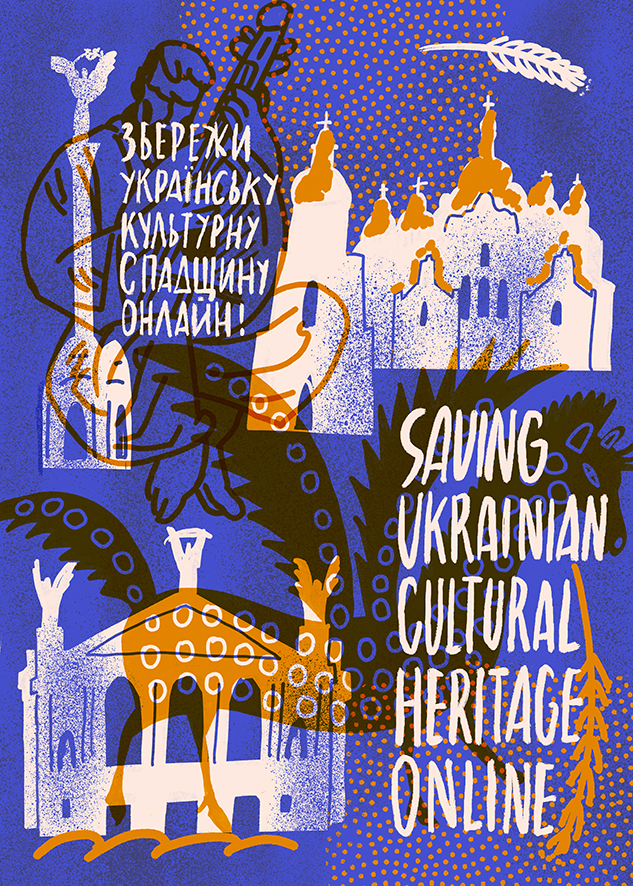I want to tell you two stories to counter-balance the seemingly endless ones about the horrors of war we have seen coming from Ukraine. I am doing this not to blunt the tragedies that millions have and are continuing to experience, but to show you that there are many people who have taken action and done something to help others. I am sure there are many other stories of hope and would urge you to share them here if you feel so inclined.
 The first story is a group of hundreds of librarians and others who have banded together with the sole purpose of Saving Ukrainian Cultural Heritage Online, which coincidentally is their actual name. They have saved more than 25TB of scanned documents, artworks and many other digital materials from thousands of websites of Ukrainian museums, libraries and other archives. The group was founded by a few dedicated individuals such as Anna Kijas, a music librarian at Tufts University, who saw a looming disaster in February as the country’s buildings were being systematically bombed out of existence, and began making digital copies of various archives. She was joined by Quinn Dombrowski, an academic technology specialist at Stanford University, and Sebastian Majstorovic, a digital historian based in Vienna.
The first story is a group of hundreds of librarians and others who have banded together with the sole purpose of Saving Ukrainian Cultural Heritage Online, which coincidentally is their actual name. They have saved more than 25TB of scanned documents, artworks and many other digital materials from thousands of websites of Ukrainian museums, libraries and other archives. The group was founded by a few dedicated individuals such as Anna Kijas, a music librarian at Tufts University, who saw a looming disaster in February as the country’s buildings were being systematically bombed out of existence, and began making digital copies of various archives. She was joined by Quinn Dombrowski, an academic technology specialist at Stanford University, and Sebastian Majstorovic, a digital historian based in Vienna.
You might think that the Internet Archive Wayback Machine already does this, but it doesn’t crawl very deeply. For my own website, many of the saved copies just include the home page or one or two other pages. The team harnessed a couple of other web scraping tools and began search Google Maps to go literally block-by-block to find physical museum collections. They developed workflows and scripts and distributed them via a Slack channel and shared documents to keep things organized.
My second story concerns the video channel Yes Theory. This is a group of three guys that have traveled together for several years doing very entertaining and sometimes meaningful videos. The trio combined forces with Adventurers for Change and have raised more than half a million euros from 8000 contributors to support Ukrainian refugees. Their video describes how they set up offices at a co-working space in Warsaw to coordinate their volunteers, who came from all over the world to help them purchase basic staples and get them to the Ukrainian border. The group began operations at the end of February.
What these two stories have in common was a ground-up organization that wouldn’t have been possible in the pre-web era. Using email lists, messaging groups, social networks, crowdfunding and other tools, they not only got their message out and recruited volunteers but were able to keep overhead costs low and be on the ground helping people almost immediately. Both relied on existing channels and groups that were together for other purposes, rather than tapping into existing relief efforts such as Doctors Without Borders or various UN-backed programs. Both did more than just ask for money, and had to develop their infrastructure quickly and figure out the daunting logistics to put everything in place. When you think about all the ways that technology is being used for evil purposes, it is great to read about these two efforts.
Great stories about these efforts. As an undergraduate art major and one whose family had experience in similar tragedies the Cultural Heritage story struck a chord. Thanks for these insights.